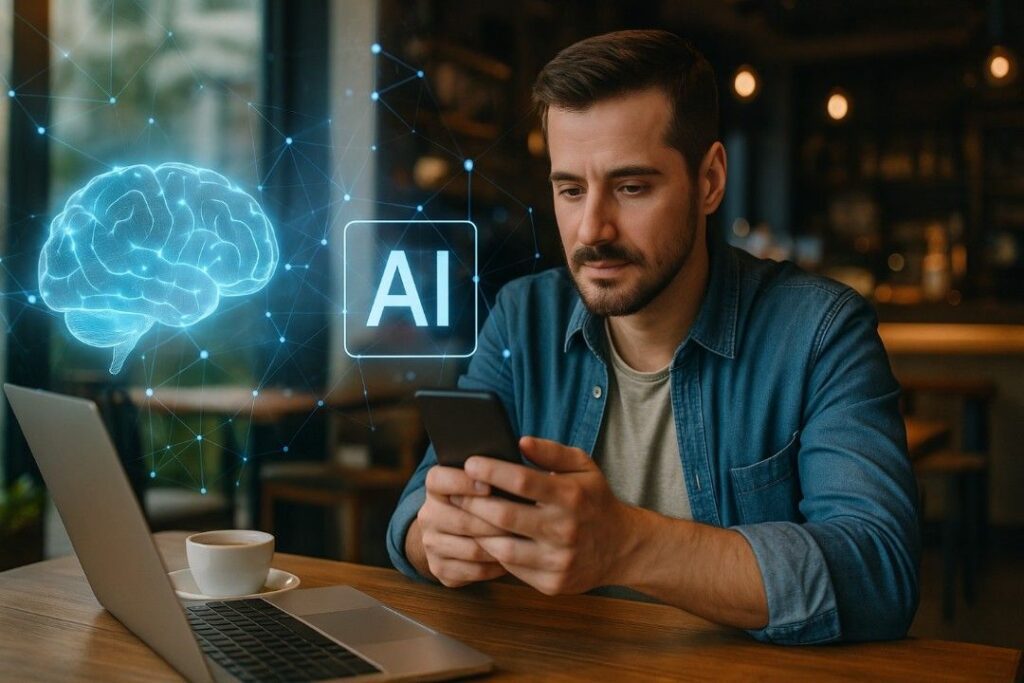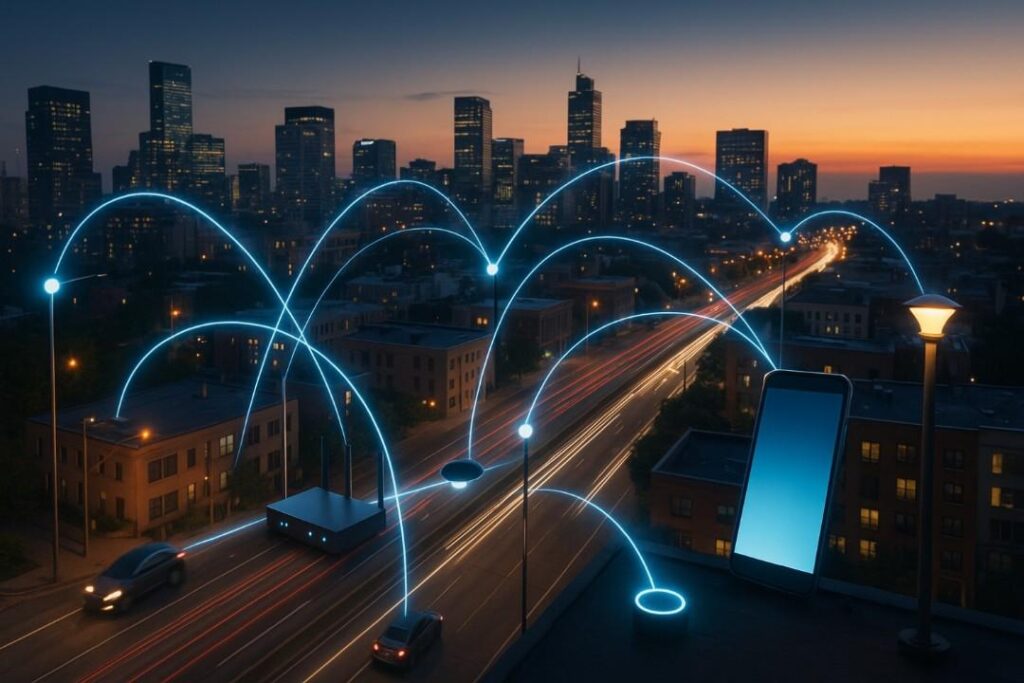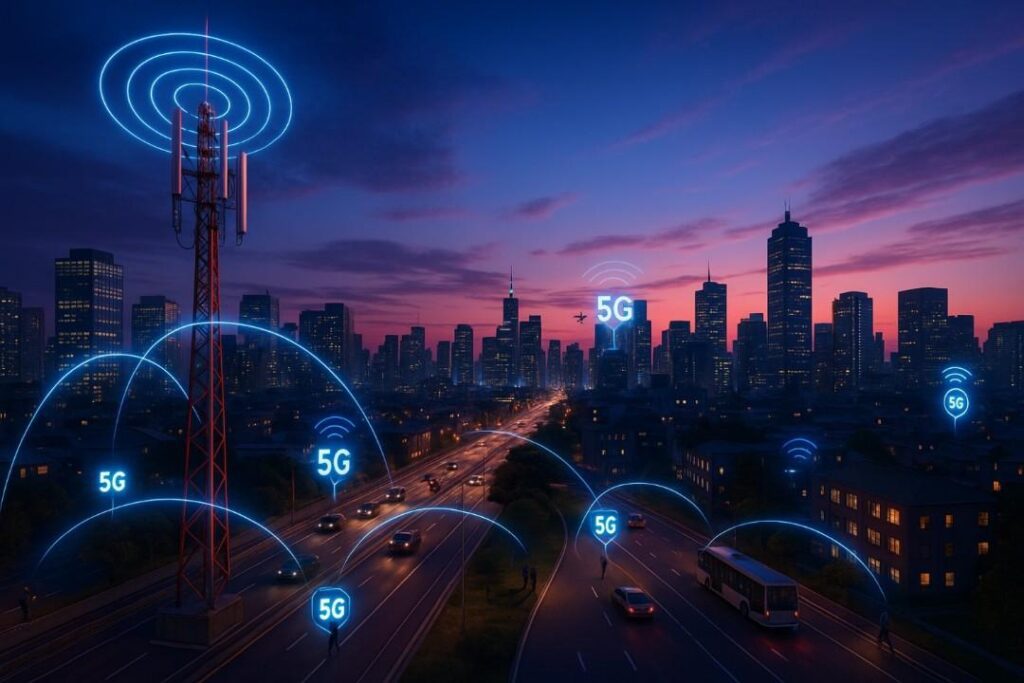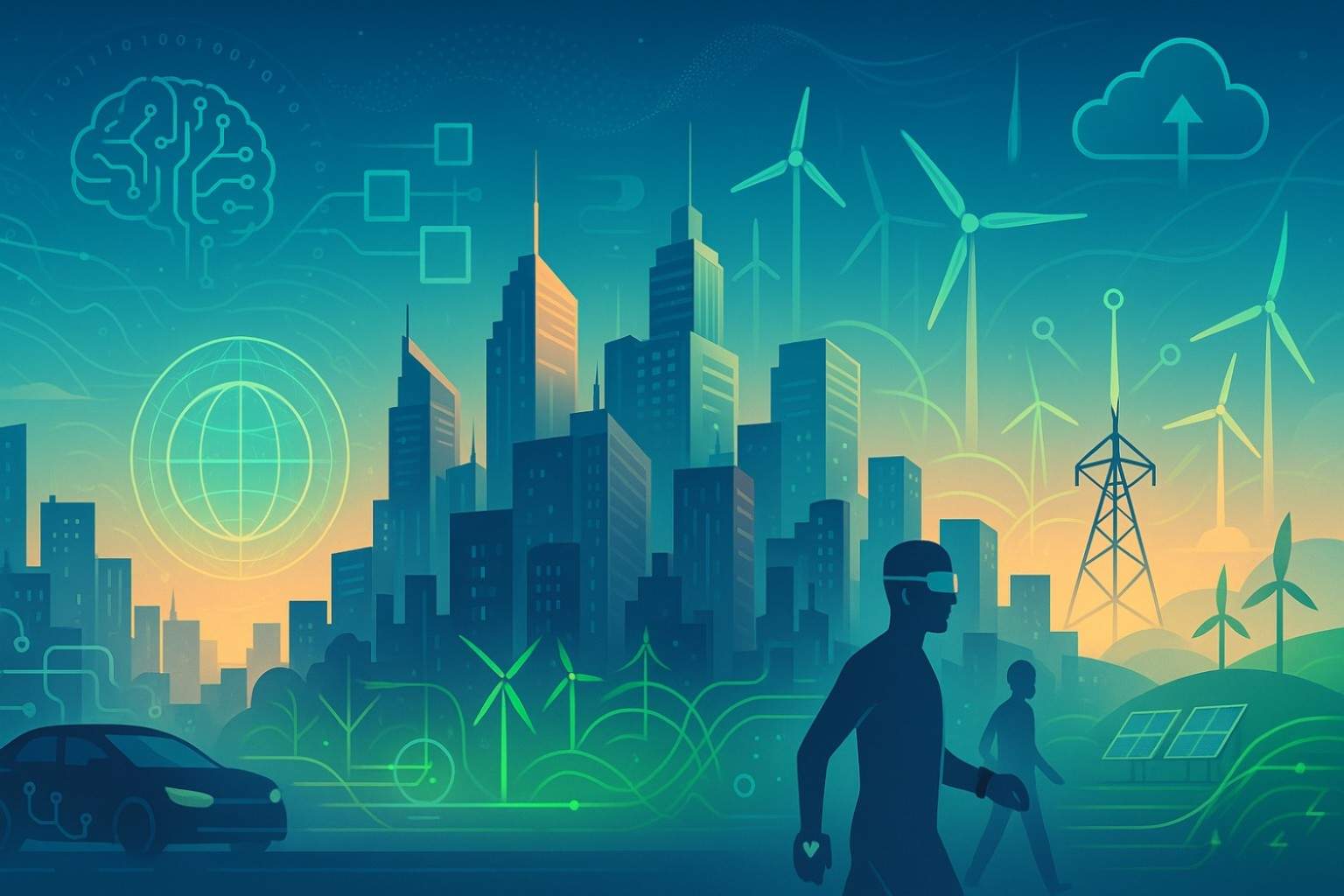Technology evolves at a staggering pace, quietly shaping the world in ways most people rarely notice. Behind every new gadget and software update, powerful innovations and unexpected trends are at play. Understanding these hidden forces is more important than ever, as technology impacts daily life, work, and the future of society. Here are ten essential tech secrets that reveal what’s really happening behind the scenes—and what’s coming next.
1. Artificial Intelligence Is Everywhere—Even When You Don’t See It

Artificial intelligence (AI) is no longer limited to futuristic robots or self-driving cars. Today, AI powers everyday tools, from personalized recommendations on streaming services to fraud detection in banking apps. AI algorithms quietly optimize logistics for deliveries, tailor social media feeds, and even analyze X-rays in hospitals. What sets modern AI apart is its subtlety—it works in the background, learning from massive datasets to make predictions and decisions faster than any human could.
Even if you aren’t coding AI models yourself, your online experience, shopping habits, and even email spam filters are shaped by machine learning. Companies use AI to automate repetitive tasks and unlock new possibilities, driving a wave of innovation that often goes unnoticed. In the coming years, AI’s invisible influence will only grow, making it crucial to understand its reach and implications.
2. The Rise of Quantum Computing: Not Just Science Fiction

Quantum computing is transforming the limits of what computers can achieve, opening doors to calculations previously thought impossible. Unlike traditional computers that use bits (0s and 1s), quantum computers leverage qubits, which can exist in multiple states at once. This superposition allows quantum machines to process vast amounts of data in parallel, making them exponentially more powerful for specific problems.
Tech giants like IBM and Google are racing to develop practical quantum systems, with early breakthroughs already seen in fields like cryptography, pharmaceuticals, and materials science. Quantum computing has the potential to revolutionize drug discovery, climate modeling, and cybersecurity. However, it’s not a replacement for classical computers but a complement for specialized tasks. While consumer applications are still years away, the technology is advancing rapidly, making it a key trend to watch as it shifts from theory to real-world impact.
3. Edge Computing: Bringing Data Processing Closer to You

Edge computing is changing how and where data gets processed. Traditionally, most data is sent to centralized cloud servers for analysis, which can introduce delays and bandwidth constraints. Edge computing moves data processing closer to the source—on devices like smartphones, sensors, or local servers—enabling faster responses and greater efficiency. This approach is critical for applications that require real-time decisions, such as autonomous vehicles, industrial automation, and smart home devices.
For example, a self-driving car can’t afford the lag of sending information to the cloud before reacting to road conditions. Edge computing also enhances privacy by keeping sensitive data local. Tech companies are rapidly investing in edge solutions, blending the power of the cloud with the immediacy of on-site processing. This decentralized model is poised to support the next generation of connected devices and Internet of Things (IoT) applications.
4. Blockchain Goes Beyond Cryptocurrency

While blockchain is best known as the foundation of cryptocurrencies like Bitcoin and Ethereum, its uses extend far beyond digital money. At its core, blockchain is a secure, decentralized ledger that records transactions transparently and immutably. Industries from supply chain to healthcare are adopting blockchain to improve traceability, combat fraud, and streamline complex processes. For instance, food companies use blockchain to track products from farm to table, reducing the risk of contamination and boosting consumer confidence.
In finance, blockchain simplifies cross-border payments and ensures transparency in auditing. Even governments are exploring blockchain for secure digital identities and voting systems. The technology’s ability to establish trust without intermediaries is transforming how organizations share information. As blockchain solutions mature, expect to see them quietly powering everything from logistics to intellectual property management.
5. 5G Networks Are Unlocking a New Era of Connectivity

The rollout of 5G networks marks a leap forward in wireless technology, delivering much faster speeds, lower latency, and greater capacity compared to previous generations. This isn’t just about faster smartphone downloads—5G is enabling the rise of smart cities, connected vehicles, and immersive virtual experiences. For businesses, 5G supports real-time remote work, cloud gaming, and advanced industrial automation.
For consumers, it promises seamless streaming, richer augmented reality, and more responsive mobile apps. The technology also allows for the simultaneous connection of billions of IoT devices, driving innovation across healthcare, logistics, and manufacturing. While 5G infrastructure is still expanding globally, early adopters are already reaping the benefits of this game-changing connectivity. Over the next few years, 5G will serve as the backbone for countless emerging technologies and digital services.
6. Cybersecurity: The Silent War in the Digital Age

As technology advances, so do cyber threats. Cybersecurity has become a silent war waged behind the scenes, protecting individuals, businesses, and governments from increasingly sophisticated attacks. Hackers use advanced tactics like ransomware, phishing, and zero-day exploits to breach defenses, often targeting weak links such as outdated software or poor password hygiene. Organizations are responding with AI-powered security systems, multi-factor authentication, and continuous monitoring.
However, personal responsibility remains crucial—simple steps like updating devices and using strong, unique passwords make a significant difference. Recent years have seen a surge in attacks targeting remote workers and cloud services, underscoring the need for robust digital hygiene. The evolving nature of cyber threats means cybersecurity is never “solved”—it’s an ongoing challenge that requires vigilance and adaptation as new vulnerabilities emerge.
7. The Internet of Things (IoT): Everyday Objects Get Smarter

The Internet of Things (IoT) refers to the rapidly growing network of physical devices—appliances, wearables, vehicles—connected to the internet, sharing data and performing tasks autonomously. Smart thermostats learn your preferences to save energy, fitness trackers monitor your health in real-time, and connected cars offer enhanced safety features. IoT is transforming industries like agriculture, where sensors optimize irrigation and monitor crop health, and logistics, where smart tags track shipments across continents.
However, the convenience of IoT comes with challenges, especially regarding security and data privacy. Each connected device serves as a possible gateway for cyberattacks. As IoT adoption expands, so does the importance of secure networks and transparent data practices. The next wave of IoT will focus on smarter integration and user control, making everyday objects even more helpful and interconnected.
8. Cloud Computing Is Redefining How We Work and Store Data

Cloud computing has revolutionized business and personal technology by shifting data storage and processing from local devices to powerful remote servers. This model allows users to access files, applications, and services from anywhere, fostering collaboration and flexibility. For businesses, the cloud reduces infrastructure costs, enables rapid scaling, and simplifies maintenance. Services like Google Drive, Dropbox, and Microsoft Azure have become household names, while startups and enterprises alike rely on cloud platforms for development and analytics.
The flexibility of cloud computing fuels remote work, global teams, and continuous innovation. However, it also raises questions about data sovereignty, privacy, and dependence on service providers. Hybrid and multi-cloud strategies are becoming more common, allowing organizations to balance flexibility with security. As cloud technology matures, expect even greater integration with AI and IoT, creating a more seamless digital ecosystem.
9. Augmented and Virtual Reality Are Shaping New Experiences

Augmented reality (AR) and virtual reality (VR) are no longer just futuristic fantasies—they’re shaping how people learn, play, and interact. AR overlays digital information onto the real world, enhancing everything from navigation apps to museum exhibits. VR immerses users in entirely digital environments, revolutionizing gaming, training, and therapy. For example, medical students practice complex procedures in virtual simulations, while retailers use AR to let customers “try on” products virtually.
The pandemic accelerated adoption in remote collaboration and virtual events, making these technologies more accessible. As hardware becomes more affordable and software more sophisticated, AR and VR are finding new applications in education, healthcare, real estate, and beyond. The blending of digital and physical worlds is unlocking creative opportunities and changing how people engage with technology.
10. Sustainability and Green Tech: Innovating for the Planet

Sustainability has become a central focus for tech companies, driving the development of green technologies aimed at reducing environmental impact. Innovations range from energy-efficient data centers and electric vehicles to biodegradable materials and smart grids that optimize energy use. Startups are exploring alternative energy sources, while major corporations are committing to carbon-neutral operations.
The intersection of technology and sustainability extends to recycling e-waste, developing circular economies, and harnessing AI to improve resource management. Consumers are increasingly seeking eco-friendly products and services, prompting companies to be transparent about their environmental initiatives. The tech sector’s commitment to sustainability is not just good for the planet—it’s driving new business models and competitive advantages. As technology continues to evolve, its potential to address climate challenges and promote greener living will become even more critical.

